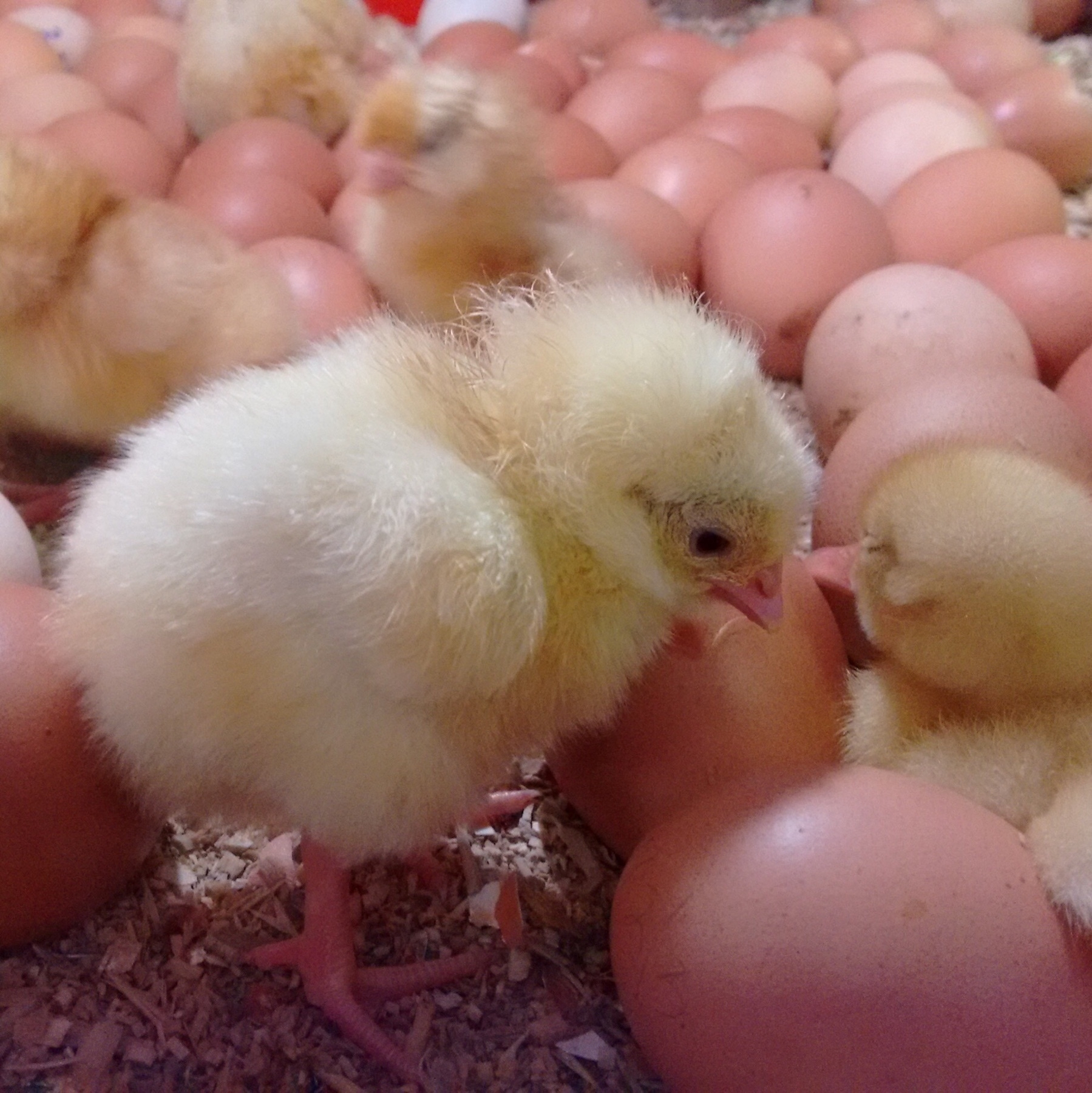April already
📷📚It’s April already. Do the months slip past ever faster?
Autumn has arrived again and it’s glorious - a limpid blue sky after a weekend wet with rain. Quite different from Summer, when we would push open the rear doors to enjoy the cooling breezes from the coast, and watch dragonflies come and go as they pleased.
But Autumn is the season when our kitchen comes into its own. Through closed windows the early morning sun warms the room, inviting us to attend, to sit and read. That’s why we’ve moved the rocking chair back to its corner in the light.
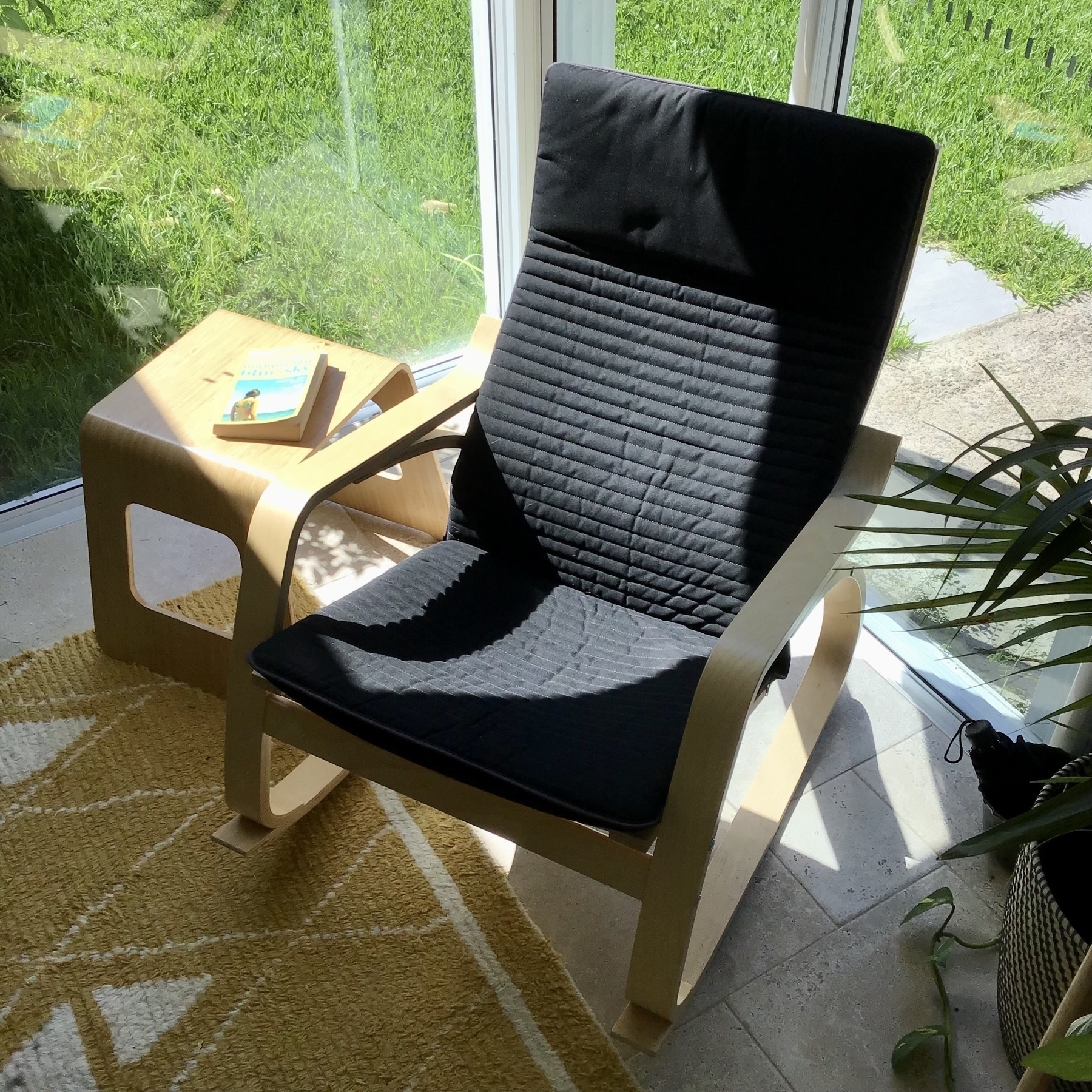
💬 “In a society that profits from your self doubt, liking yourself is a rebellious act”.
- A magic spell that protects the user against advertising of all kinds. Use wisely.
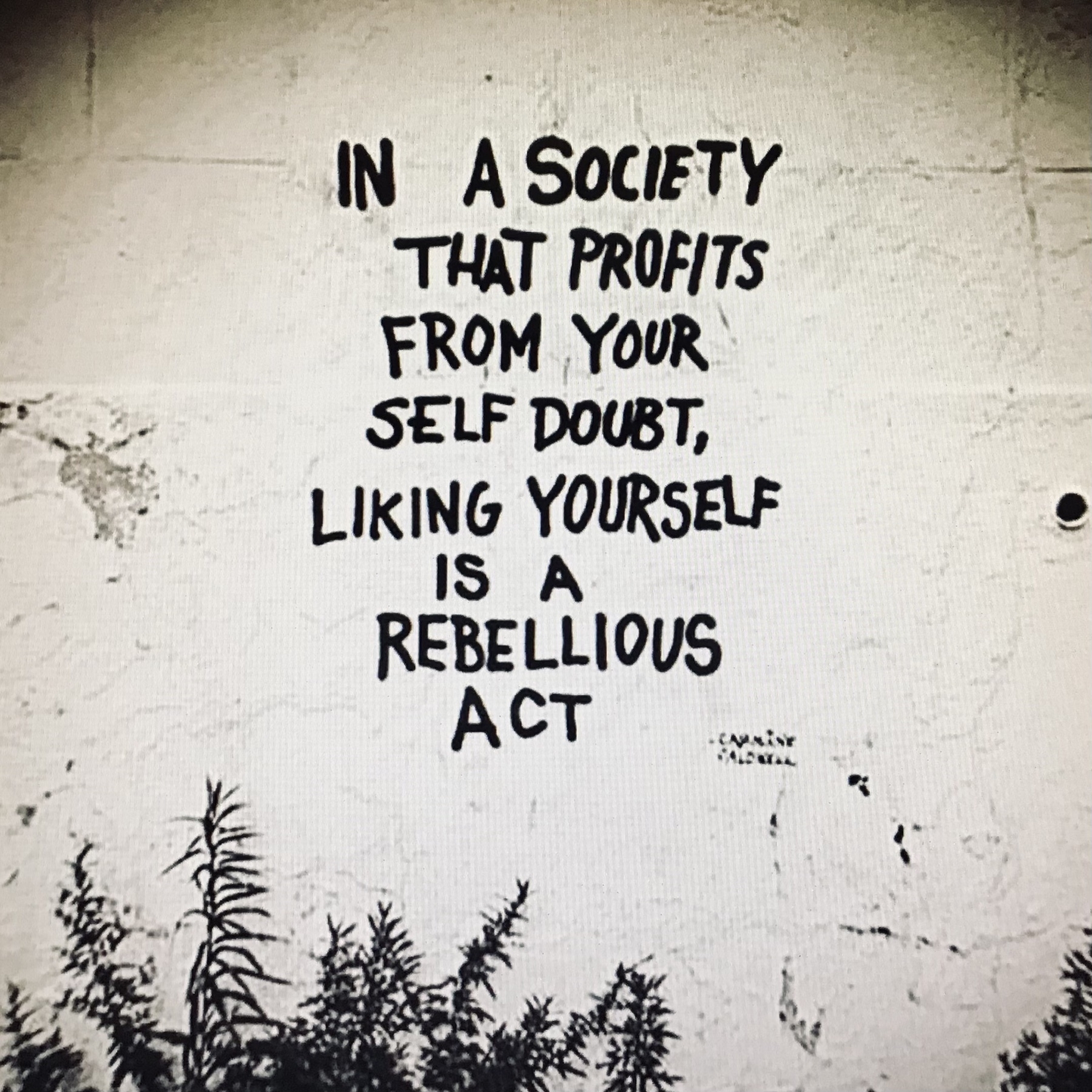
💬 “Energy moves in waves…”
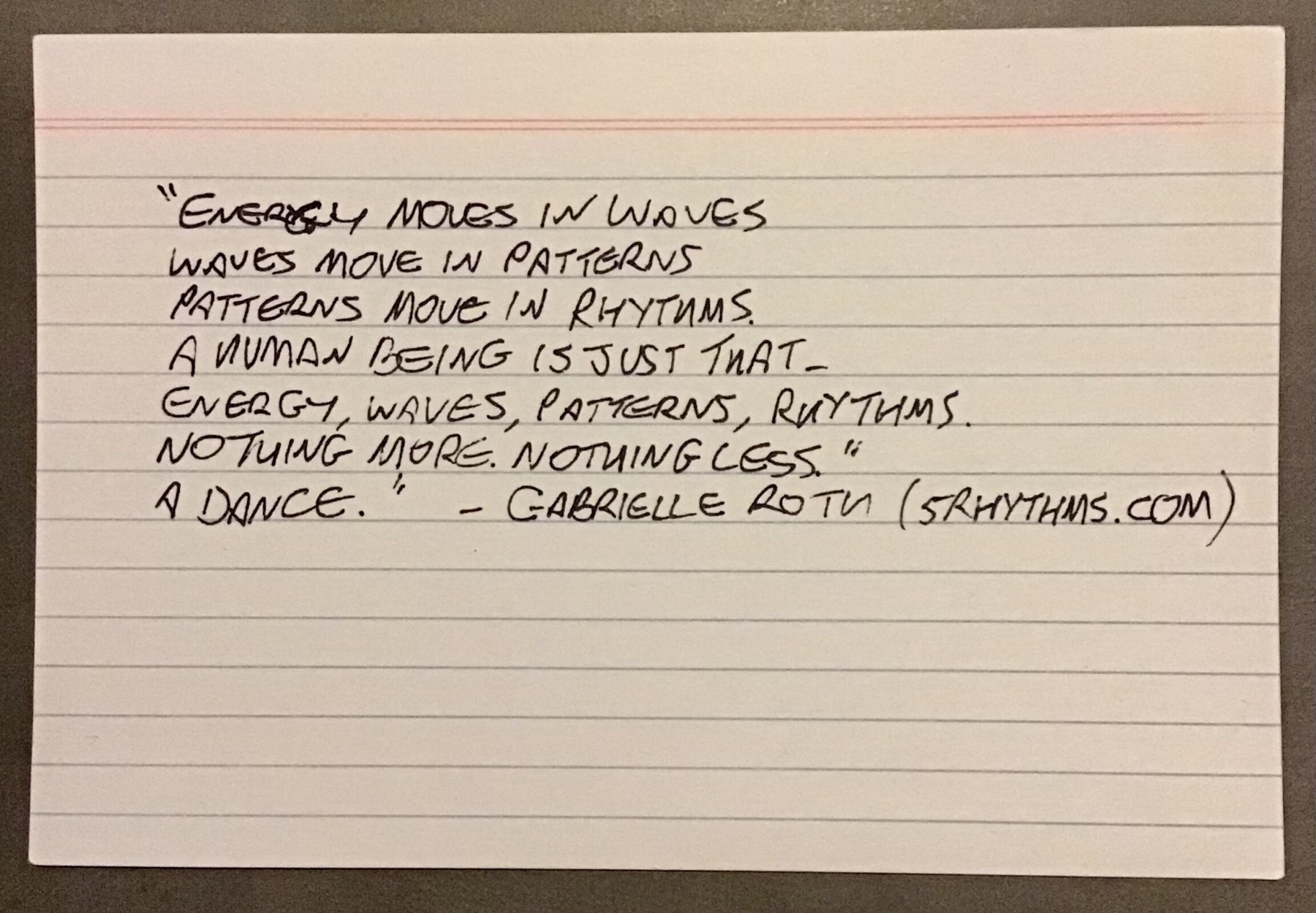
Personal publishing is still the future
The online writing gurus say it’s pointless starting your own blog, because no one will read it. Best to go where the readers are and write directly on Twitter, LinkedIn, Reddit, Quora, Instagram. Anywhere that enables so-called organic discovery.
Social media and new-style forum sites are where it’s at, they say. That’s where you can gain a few readers and gauge the relative popularity of your writing. Then double down on what seems to be working and… lift off! you have an online writing presence with a responsive audience. Next you entice this emerging audience to sign up to your email list, so they become no longer the social media giant’s audience but your audience, to whom you can now go direct.
So really, the advice of those who claim to know is that it’s fine to start your own blog so long as you distribute it by email, advertise it on social media and above all, don’t call it a blog. It’s a newsletter, OK?
Whatever.
I started with the Internet in the late 1980s, several years before the Web even existed. I used FTP, Gopher, and Usenet, and it’s delightful to see that the venerable email still endures, even though it’s an unwieldy beast, forced to perform tasks it was never meant for.
The Web revolution, I can state with some confidence having lived through it, was and still is a revolution in personal publishing. A person of modest means can publish on the web and anyone in the world can read it. Simple but amazing.
Of course findability is an issue. Of course attention is finite. Of course you have to have something you want to say, or show. But the basic tools are there to make anyone a publisher of their own work, if they want it. The corporations do everything in their power to try to put that particular genie back in its lamp, but they can’t.
In the early 1990s UK, the only way to get on the Internet (outside universities) was through Compuserve. Compuserve ran its own forums and pretended the Web didn’t exist. It was a walled garden and they did everything possible not to inform people of what they were missing. It was ridiculous, but effective while it lasted. For eighteen months or more there really was no alternative. Of course this scam didn’t last forever and as soon as people found the real Web, the game was up.
Nowadays Compuserve is a zombified hollow shell of its former self. In the US America Online tried the same scam. And AOL too is a shadow of its former glory. But the walled-garden game plan was closely copied by Facebook. For years in the 2010s it seemed like you could explore the wider Web, but why bother when all your friends were right there on Facebook? In the Third World, meanwhile, Zuckerberg tried to provide ‘internet services’ that only included his own brands - just as Compuserve had done years before.
But the game is up for Facebook too. As Meta slowly trickles down the drain and Twitter eats itself, the wider Internet remains. As someone wise said: the Network is the social network now- and it always has been.
The Web itself is the publishing platform and anyone can still publish there.
For years, I published an obscure Wordpress blog - but it had thousands of views. More recently I’ve been publishing a static blog hosted on Github, simply as a little experiment in whether I can manage the technology. Really, it’s not very difficult. Most recently, I’ve set up a little home here on my new website, which is connected to micro.blog. Gaining readers is entirely another matter. But I’m mainly doing this for my own amusement, so that’s not the main point of the exercise.
Call it a newsletter, (don’t) call it a blog, call it what you like. Personal publishing is still the future.
See also:
Can’t believe I’ve only just found out about the Parks board game. (Hat tip to John Chandler) @johnchandler
There really should be something like an Australian version, in the inimitable retro style of James Northfield
Visited the Wildcat Zine Fair in yesterday’s rain.
Did I mention I really like zines? Something about the “publish what you like and to hell with everything else” DIY attitude.
In the 1980s a zine helped get me into anti-nuclear campaigning. Nostalgia. The Australian Government’s recent decision to buy expensive and useless nuclear submarines from the US has brought it all back. Maybe I’m just an adolescent rebel at heart.
Scored some interesting zines and a couple of second hand books, anyway. With any luck that will fix militarism.🫠
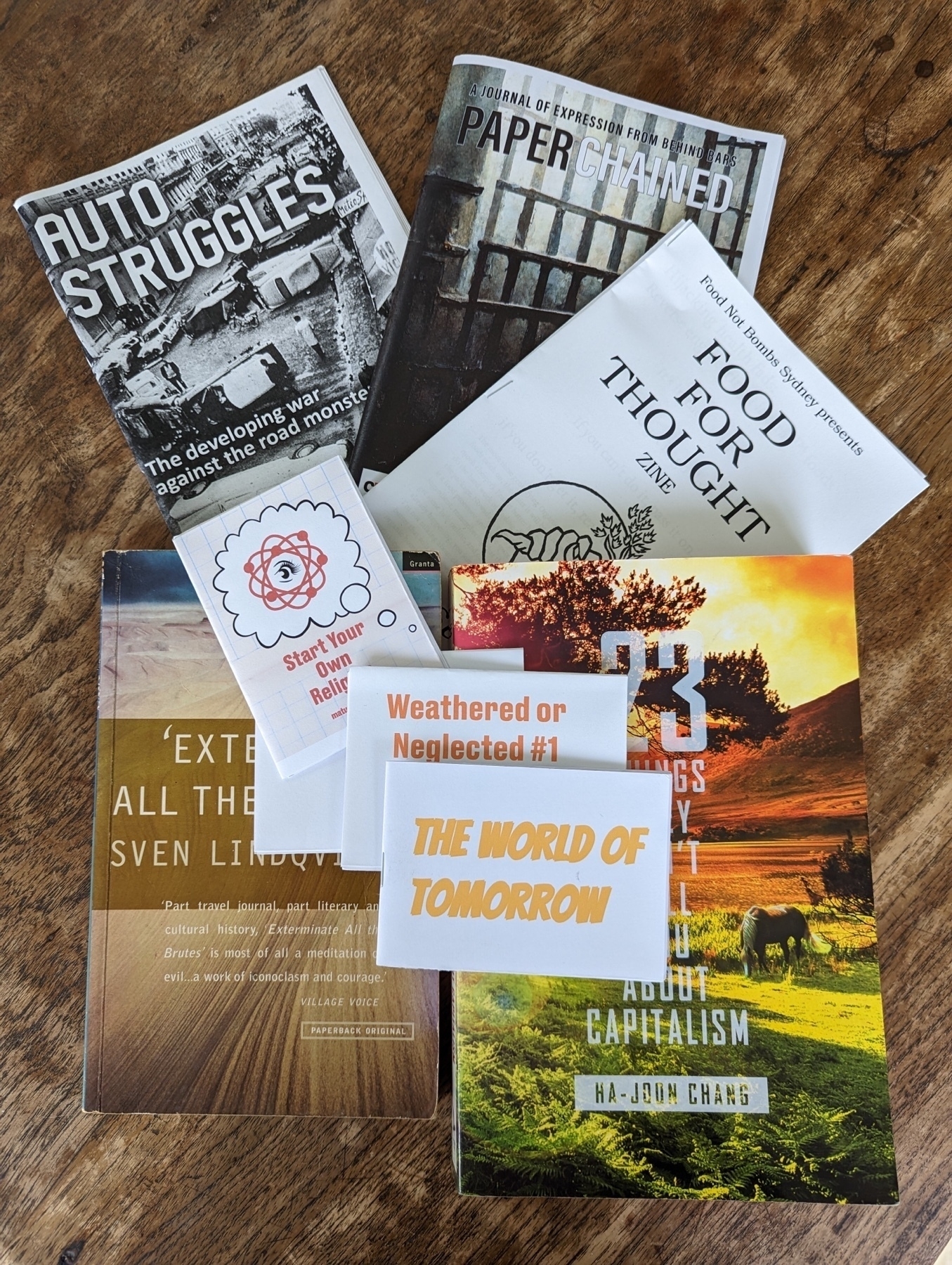
Adding two plugins to the website this morning. ‘Search space’, by @sod is now at 1.0 so definitely time to give it a try. And while I’m at it I’ve also added his ‘conversation on micro.blog’ plugin.
It’s a rainy day so the regular bike ride is postponed for now. 🌧️
One of the many good things about micro.blog as a web host is its curated list of plugins like these, for the Hugo web engine it uses. My previous experience with Wordpress plugins was frankly quite frustrating, so I’m happy to imagine that the limited number of plugins available with micro.blog is at least thought through.
We think best when we bring opposites together
“We think best when we bring opposites together, when we realize that all these realities, one inside the other, are somehow connected. That’s how the wonder and amazement that are so necessary to both poetry and philosophy come about.” Charles Simic, Paris Review, quoted by Austin Kleon
I’m constantly amazed that something I just saw or read in one context appears again in another, completely different context. And then it appears again. Synchronicity? The availability bias? Magic? Whatever, it certainly enhances my sense of wonder at the world.
📷 Micro.blog March photo challenge, day 31: “practice “. Keeping the instruments out and ready to play makes it much more likely that I’ll get some practice. Seems like there’s no improvement for ages, then a sudden jump forward.
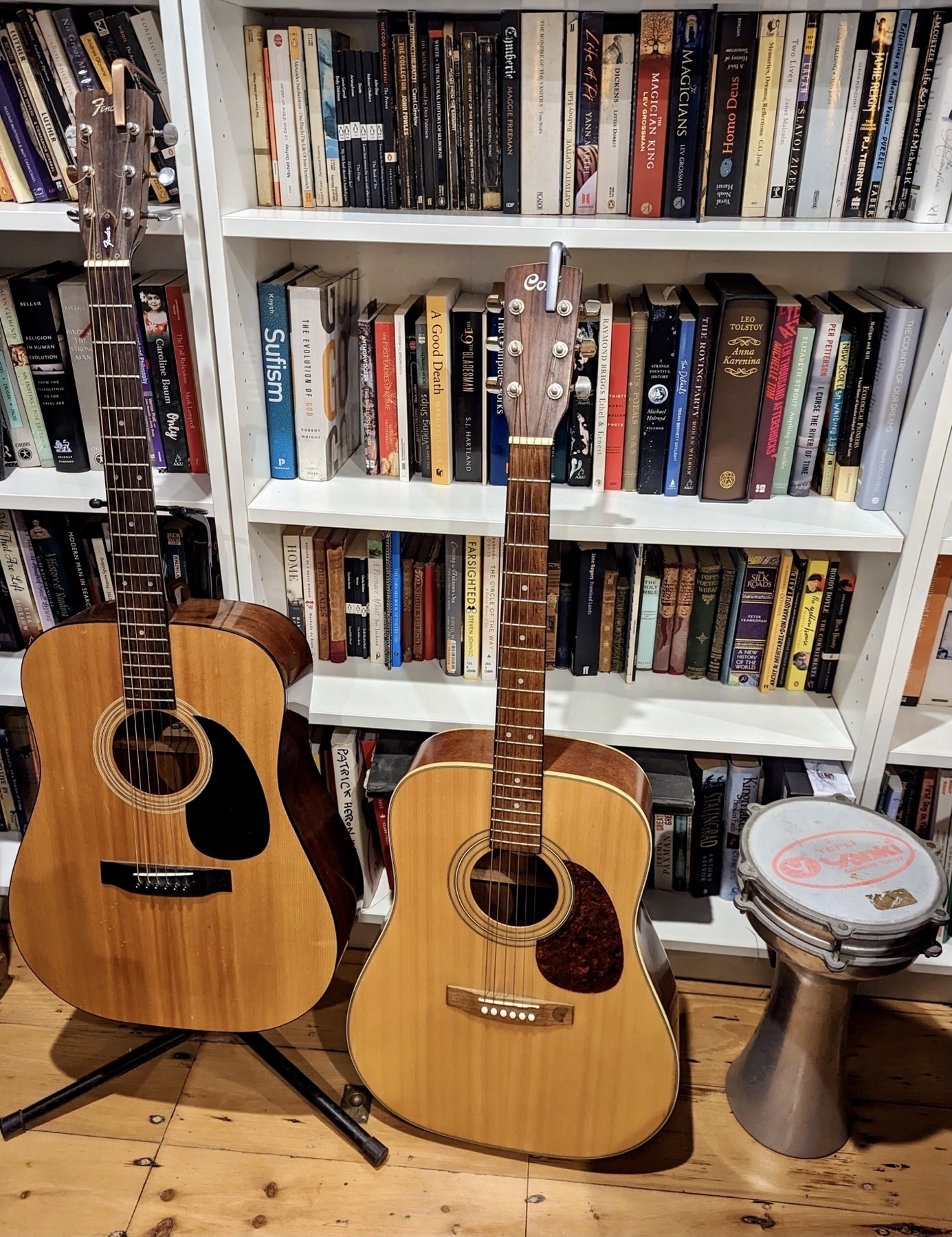
📷 Micro.blog March photo challenge, day 30: “mirror”
Penultimate day of the photo challenge!
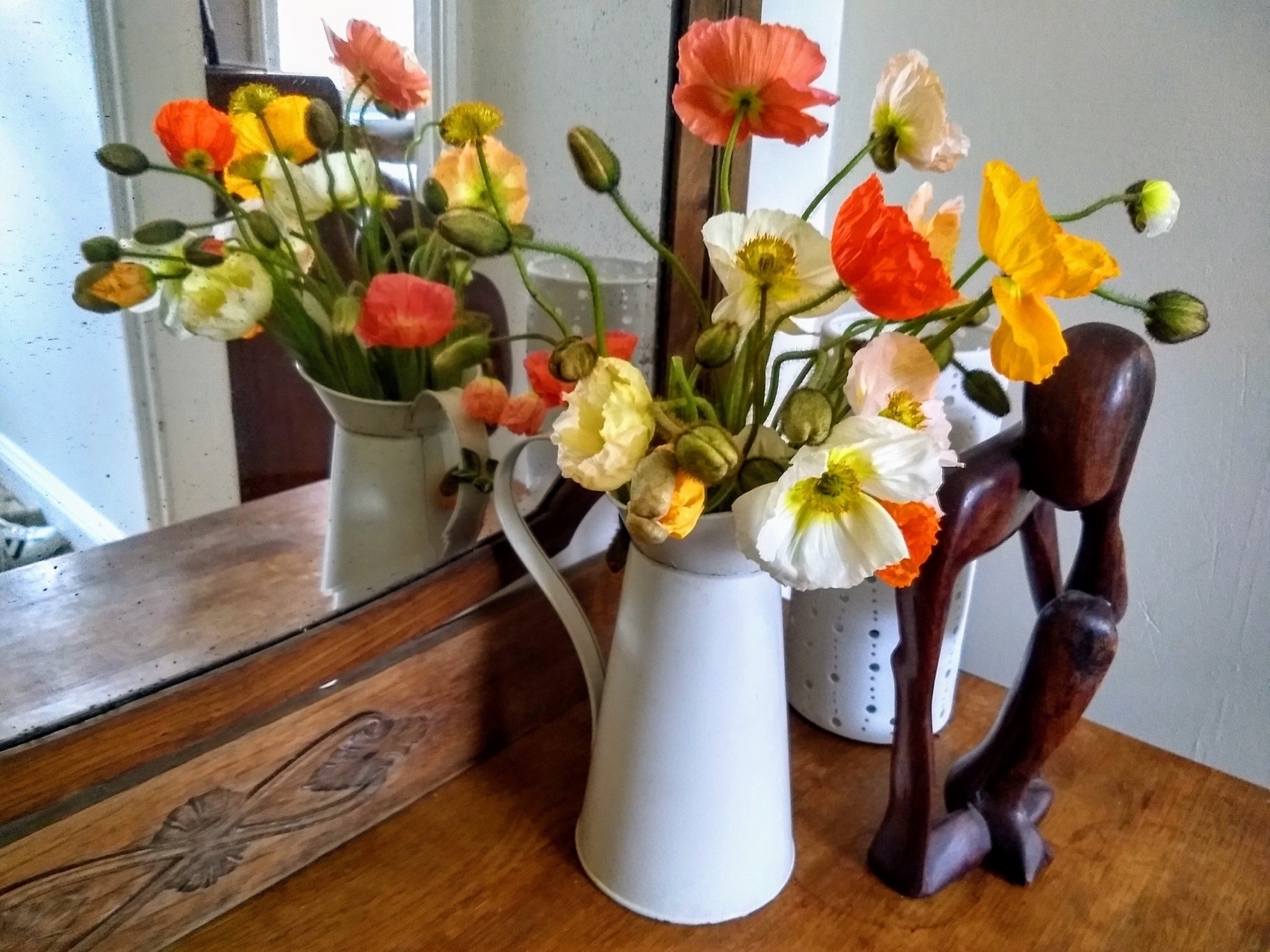
📷 Micro.blog March photo challenge, day 29: “slice”
One of our local bakeries does a quite decent seeded whole meal Viennese style loaf - although you do have to slice it yourself.

📷🚲Micro.blog March photo challenge, day 28: “prompt”
I like to keep this old prompt front-of-mind: “simplicity is the key…”
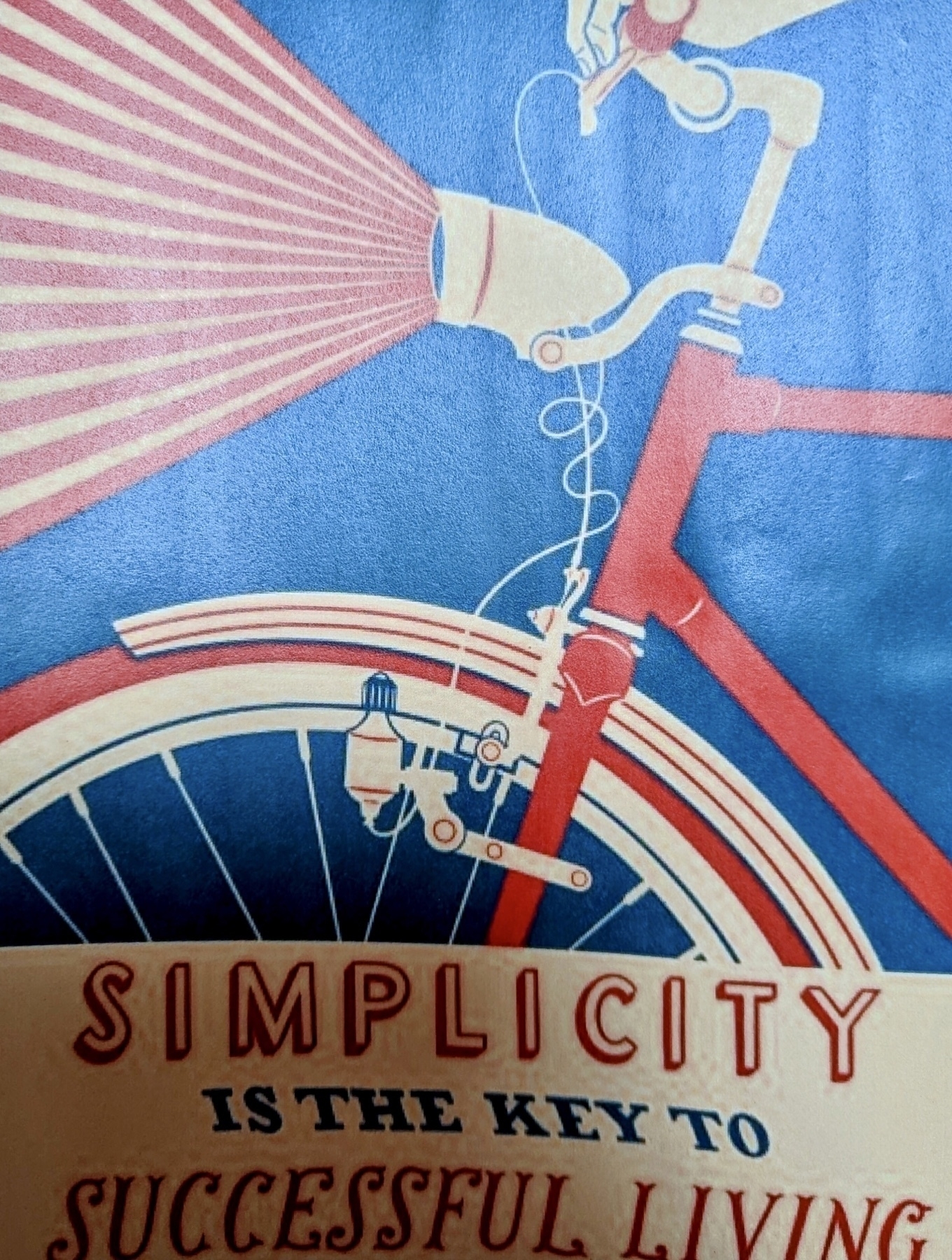
📷 Micro.blog March photo challenge, day 27: “support”
Sydney has many more bridges than just the famous Harbour Bridge. This bridge across the George’s River evidently needs (and gets) a lot of support.

📷 Day 26 of the Micro.blog March Photoblogging Challenge. The prompt is ‘instrument’. This small picture was a gift from a friend long ago.
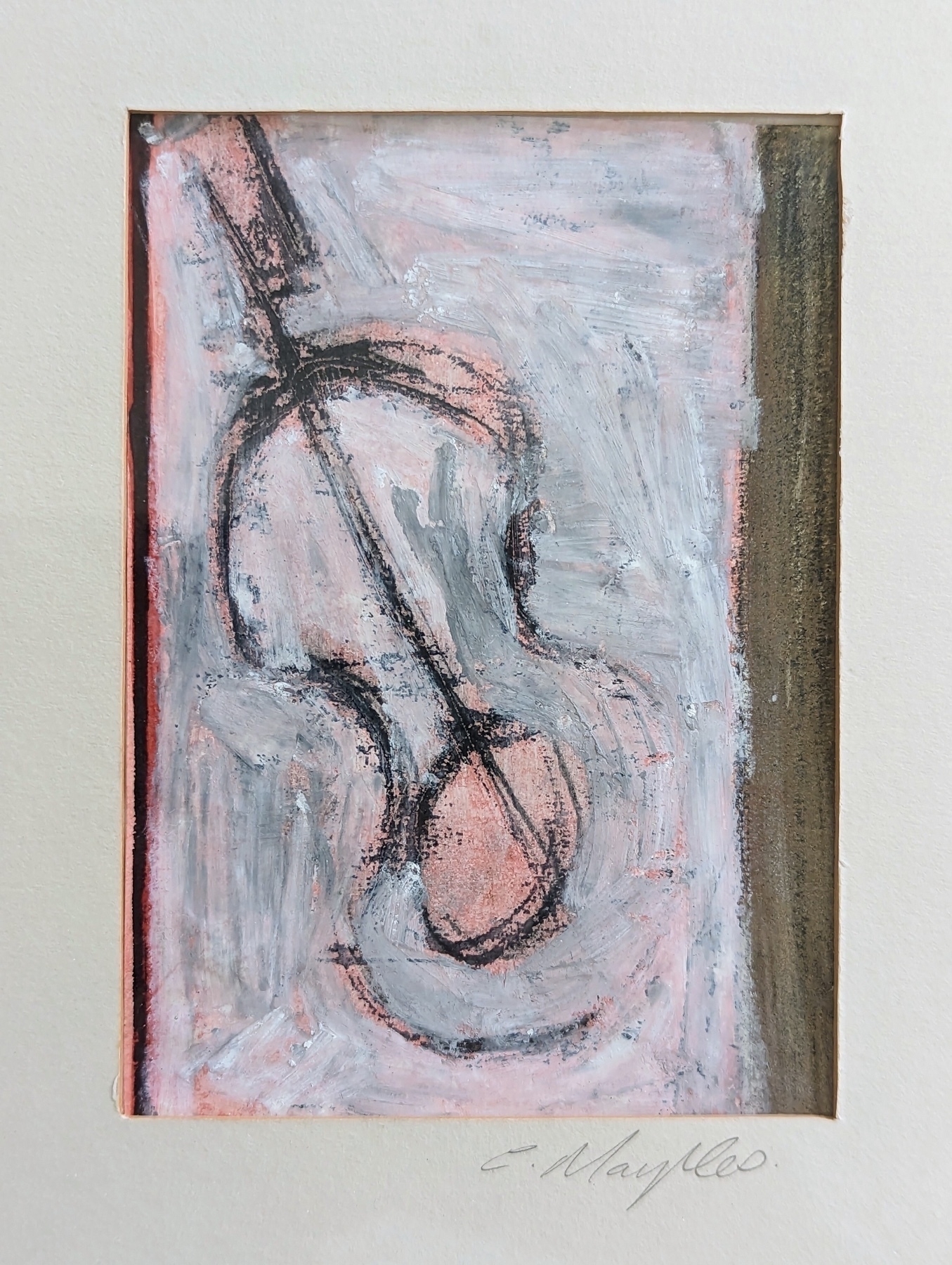
📷 🌮Micro.blog March photo challenge, day 26: “variety”
Fond memories of the time my kids and their friends made us this meal. They were so delighted. Unforgettable. 😍
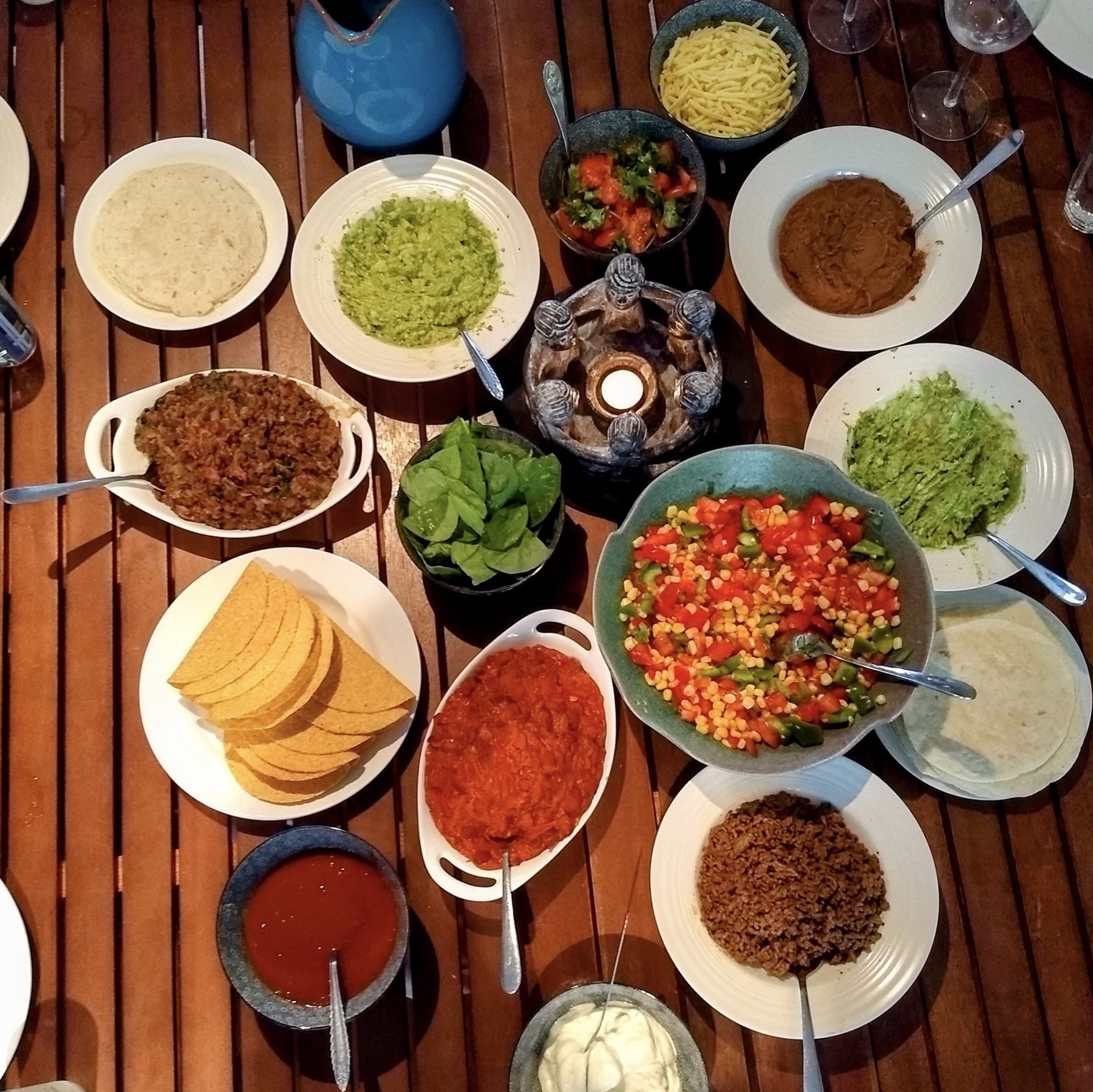
📷 🌮Micro.blog March photo challenge, day 25: “spice”
When I searched my photographs for “spice”, this is what it found: a spice cupboard for robots. I guess.🤔🤖

📷 Micro.blog March photo challenge, day 24: “court”.
Walking through the parks near my house just before dusk. There’s a whole heap of netball courts, maybe 20, recently resurfaced
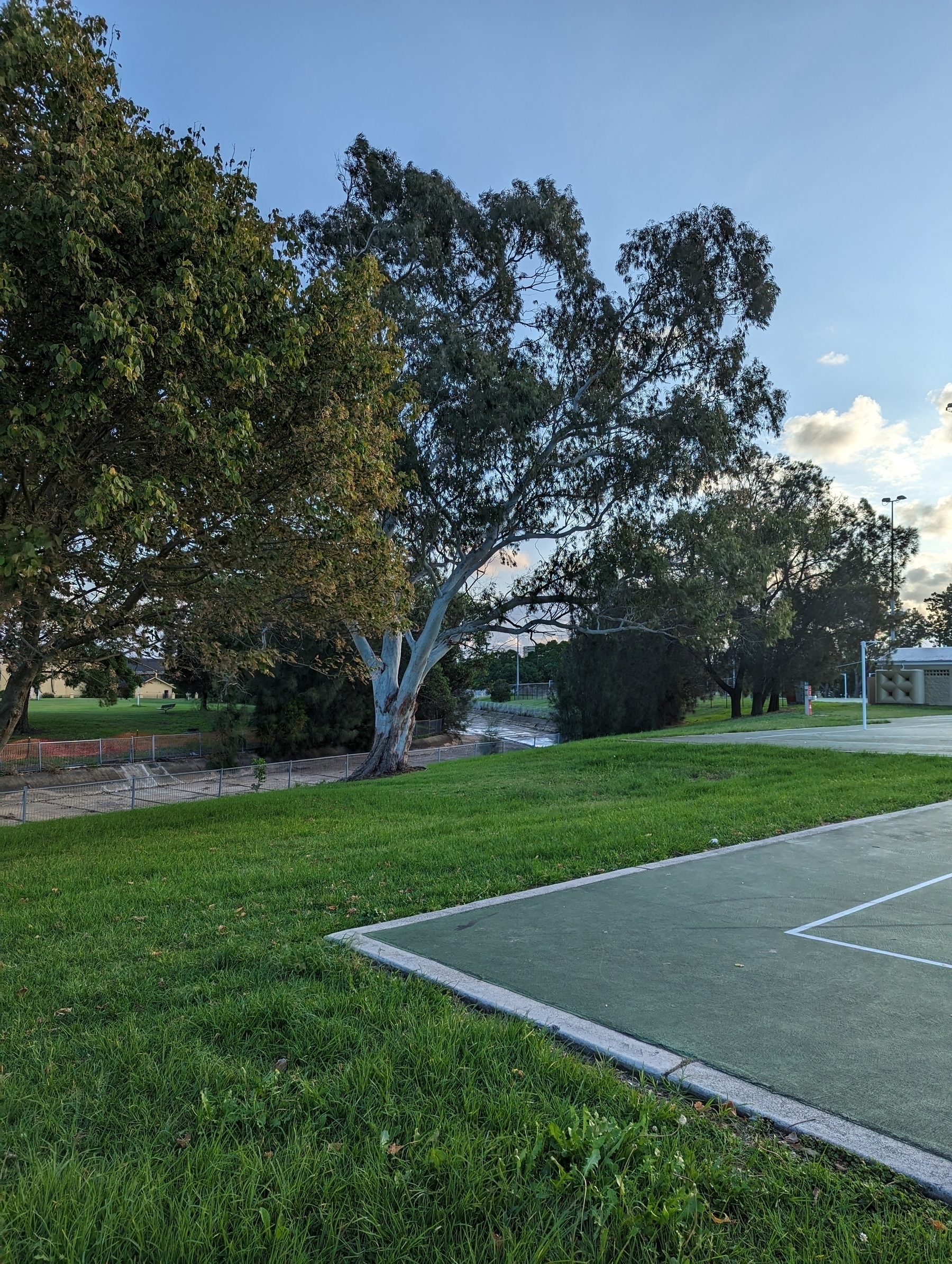
📷 Micro.blog March photo challenge, day 23:”chance”
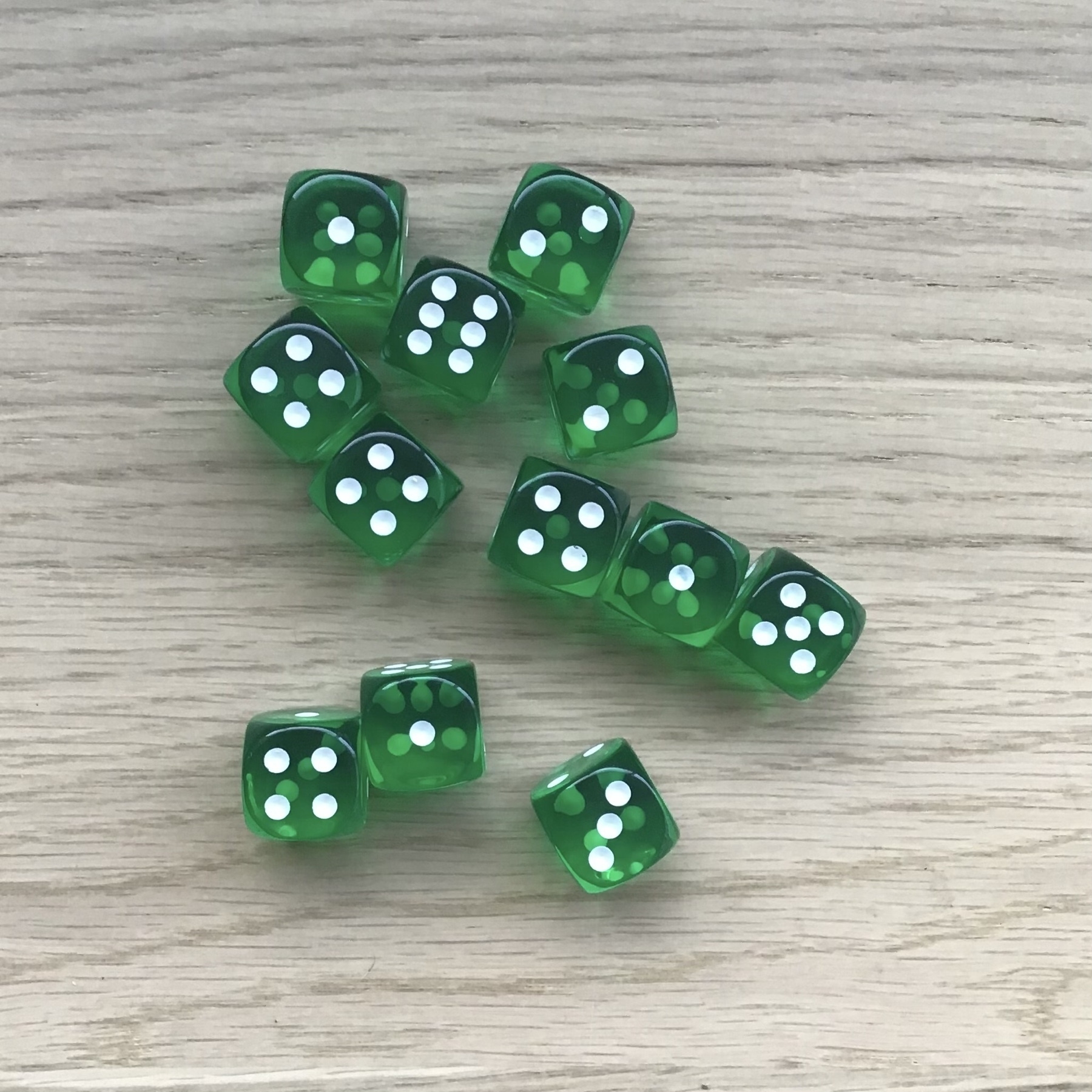
📷 🐝Micro.blog March photo challenge, day 22: “insect”
Just in time for a photograph, this native bee flew into the kitchen. There’s 1,700 species of bees in Australia.
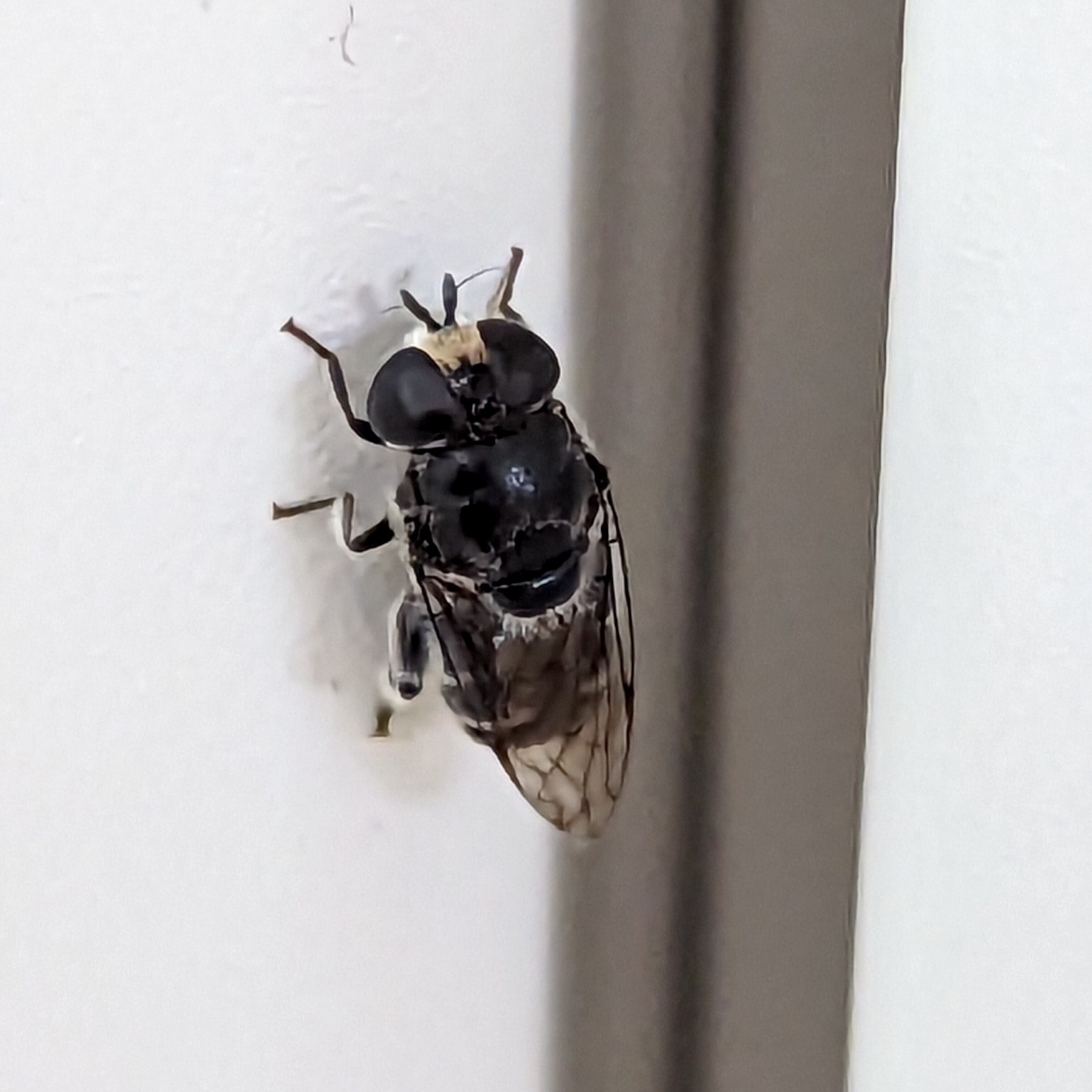
📷 Micro.blog March photo challenge, day 21: “tiny”
